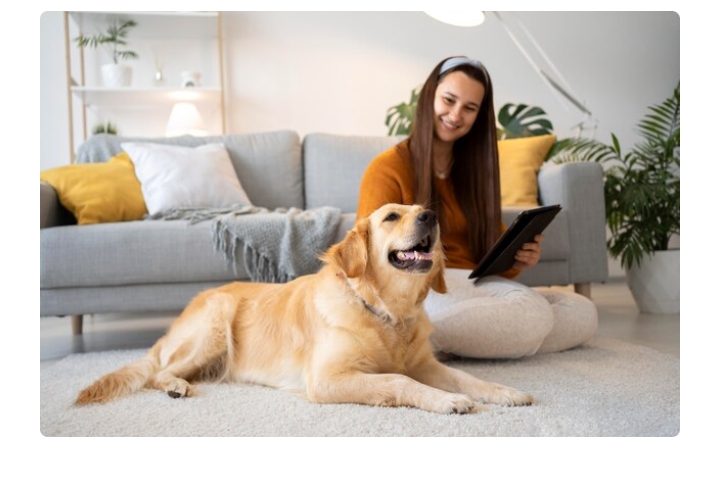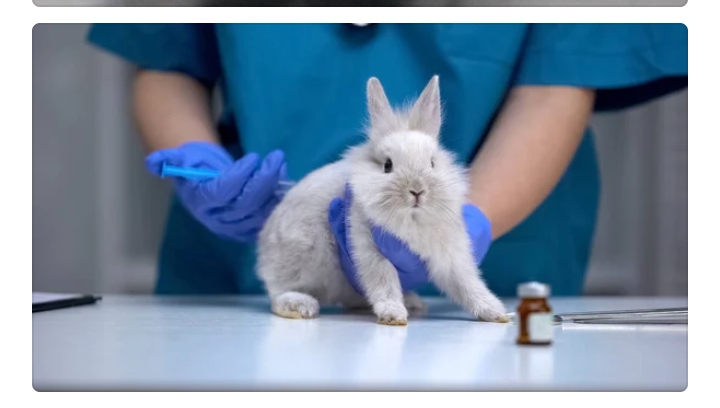Introduction
 Source
Source
Our furry friends or nore commonly (pets) have been by our side for centuries, but their roles and significance have evolved dramatically. From ancient hunting partners to modern therapy animals, pets have shaped our lives in profound ways. serving as companions, protectors, and even symbols of status. The cultural and historical perspectives on pet keeping have shaped our modern relationships with animals, while also raising ethical questions about their use in scientific research. Although much of this history was based on cruelty rather than kindness, if you consider the 78 million dogs and 85.8 million cats that receive free room and board in the USA today, it’s worth asking the question: who domesticated whom? In this article, we'll delve into the cultural and historical perspectives on pet keeping and how they continue to influence our relationships with these beloved companions. Additionally, we'll venture into the scientific realm, where pets play unexpected roles in research, raising ethical questions that demand our attention.
Get ready for this extraterrestrial journey with me
To start with
Cultural and Historical Perspectives on Pet Keeping
In ancient civilizations, pets were often seen as symbols of wealth and power. For example, in ancient Egypt, cats were revered and even worshipped as sacred animals. In medieval Europe, dogs were used for hunting and protection, while exotic animals like parrots and monkeys were kept as status symbols. As societies evolved, pets became more integrated into family life, providing companionship and emotional support to their owners.
I’ll take them one After the other
Who Domesticated Whom?
Ancient Dogs: Dogs, our oldest companions, were initially domesticated for practical purposes—hunting, guarding, and companionship. Archaeological evidence dates back at least 15,000 years when dogs were buried alongside their owners. The Romans revered dogs, as seen in art like The Nereid Monument (390 BC), where a wealthy aristocrat reclines on a banqueting couch with his hunting dog at his feet. Showing the importance of the dog as a pet even in ancient times
Next is ;
The Humble House Cat

Source
The domestication of cats came with the first agricultural societies around 12,000 years ago. While dogs were useful on the hunt, it wasn't until humans began to settle in one place and store grain that cats stepped in. With grain came mice, and soon a mutually beneficial relationship sprang up: cats got an endless supply of food, and humans got free pest control. This practical partnership soon developed into reverence in many cultures. The Egyptian fondness for their feline friends is particularly famous, with cat mummies and the worship of feline goddess Bastet. Even today, few societies are more obsessed with cats than Japan, where they arrived from China around the 6th century and became symbols of holiness and status.
. However , The rise of urbanization during the Industrial Revolution resulted in a shift towards smaller pets such as cats, dogs, and birds, as people had less space for larger animals. This led to a surge in the pet industry, with the creation of specialized products and services to meet the increasing desire for animal companionship.

Source
Moving on, lets talk about :
** Pets in Scientific Research: Ethical Considerations**
Companion Animals as Biomedical Technologies

Source
Although pets are cherished for their companionship, they are also utilized in scientific research for a range of purposes. Dogs, cats, rabbits, and other animals are frequently employed in biomedical research to investigate diseases, evaluate new medications, and create medical therapies. Additionally, animals are utilized In behavioral research to examine learning, memory, and social behavior.
The Osteosarcoma Connection: Imagine a world where pets and humans share diseases. Osteosarcoma, a bone cancer, affects both dogs and humans. While humans face intense treatments, dogs often suffer a similar fate. Our use of companion animals in biomedical research sheds light on the ethical and technological complexities. These pets become living technologies, revealing what it means to use biological tools.
Ethical Dilemmas: While companion animals seem to solve ethical issues posed by lab animals, they introduce their own concerns. Balancing their well-being with research needs requires careful consideration. How do we justify their participation in studies aimed at human and animal health?
Nevertheless, Advocates for animal welfare contend that animals should not endure unnecessary harm or distress in the pursuit of research. Stringent regulations are in place to guarantee that animals are treated with compassion and that their involvement in research is warranted by the potential advantages to human health.
Conclusion
Our pets—once hunting partners and revered feline deities—are now dual citizens: cherished companions and scientific collaborators. As we navigate this intricate relationship, we must honor their past, protect their present, and shape a future where pets thrive both in our homes and in laboratories. The cultural and historical views on pet ownership have influenced our current connections with animals, prompting ethical concerns regarding their involvement in scientific studies. As society progresses, it is crucial to prioritize the well-being of pets and address the ethical dilemmas surrounding their participation in research. By weighing the advantages of scientific research against the ethical treatment of animals, we can guarantee that pets remain a source of joy in our lives.
Remember, whether wagging tails or lab coats, pets continue to teach us about empathy, resilience, and the bonds that transcend species. 🐶🐱🔬
This is my entry to the ongoing #aprilinleo this is a loving opportunity for us to get post ideas and stand a chance of getting them curated . You can click Here To join.
Posted Using InLeo Alpha
